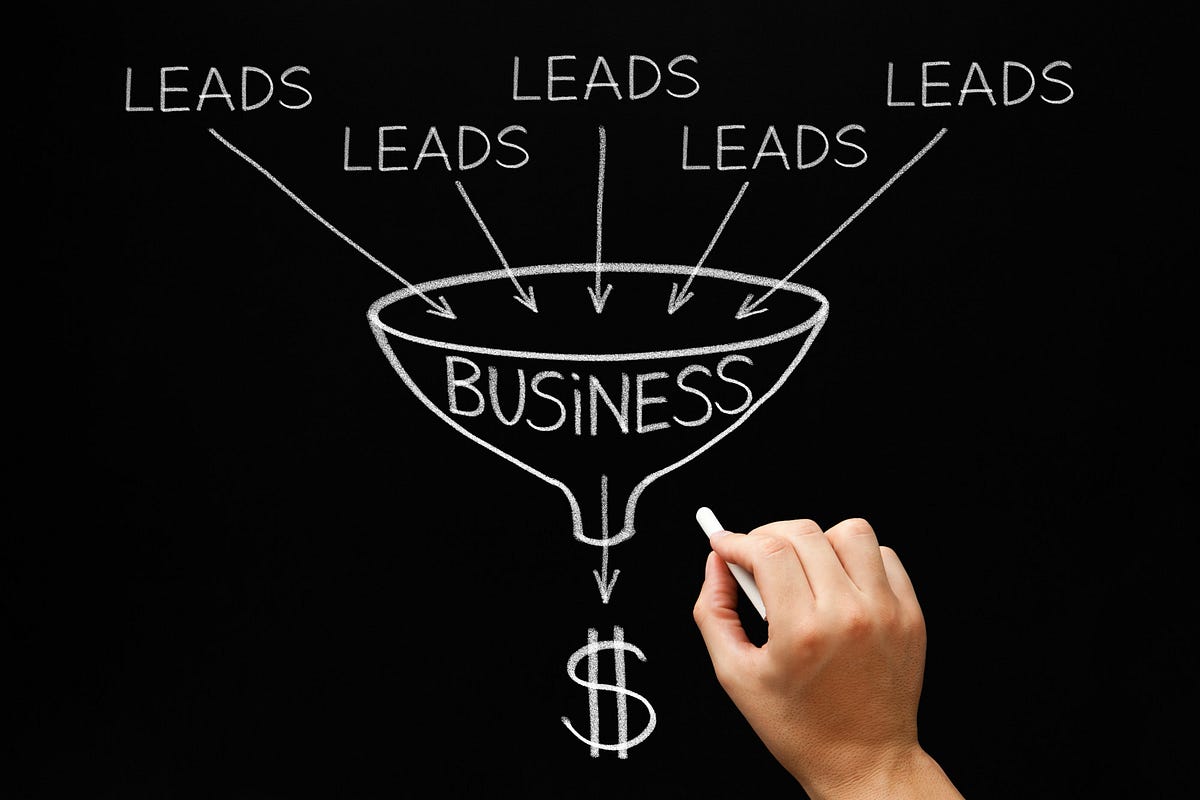Share This Article
Lead generation and its tools
Lead generation is one of the main objectives of marketing activities. To win customers, a company must implement effective strategies to attract and retain consumers. And the right combination of these plays an important role.
Leads types
A lead is a contact that results from a targeted action by a potential customer. This could be sending an enquiry or filling out a form.
There are four types of lead:
- Marketing qualified lead (MQL). This category includes prospects who have already engaged in marketing activities. For example, a user may have downloaded a checklist or e-book from the website. At the same time, they are still hesitant and not ready to move to the next stage of the funnel.
- A qualified sales lead (SQL) is a user who has shown interest in further interaction with the company. For example, they have sent an email or a request for more information.
- Product qualified lead (PQL). This category includes consumers who have already tried a product or service and are ready to make a full purchase. An example would be a user who has tried the free version of a product and is interested in the full version.
- Service-qualified lead (SQL). This consumer has already taken steps to become a customer. For example, a desire to renew or upgrade a subscription indicates a high likelihood of further engagement.

How to attract different leads
Each type requires an individual approach to guide the consumer through the marketing funnel. To do this, companies use lead generation. This is the process of attracting potential customers and converting them into buyers.
The main approaches to lead generation are inbound and outbound marketing. The former helps to draw the attention of potential customers to a product or service. One of the most effective tools in this strategy is content marketing. This involves creating and distributing materials through blogs, website posts and social media. This tool should be combined with search engine optimisation (SEO) efforts.
Outbound marketing involves reaching out directly to potential customers. This strategy uses email newsletters, paid advertising and targeted social media campaigns.
Where to start generating
The first step in developing an effective lead generation strategy is to analyse buyer personas. This provides a deeper understanding of the target audience and their behaviours. This information is then used to create a content plan that focuses on both attracting attention and converting leads. Content should be relevant to the audience’s needs and help solve their problems.
SEO will help increase the effectiveness of content marketing efforts. And don’t forget about digital tools that improve and simplify operations. AI solutions make it possible to study consumer behaviour as deeply as possible and choose the ideal advertising strategy for them.
Lead generation through social networks is particularly important. Its main advantage is the ability to reach a wide audience.
Email marketing is also a significant part of the strategy. This tool allows you to attract, nurture and convert leads at the same time. It should be noted that in the age of digitalisation, digital channels should become dominant. This approach will help to remain competitive in the market.

